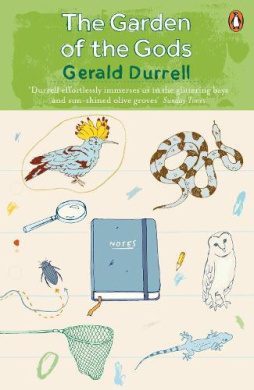Description
This book, which is the first to be published in the emerging field of farm-level microsimulation, highlights the different methodological components of microsimulation modelling: hypothetical, static, dynamic, behavioural, spatial and macro-micro. The author applies various microsimulation-based methodological tools to farms in a consistent manner and, supported by a set of Stata codes, undertakes analysis of a wide range of farming systems from OECD countries. To these case studies, O’Donoghue incorporates farming policies such as CAP income support payments, agri-environmental schemes, forestry planting incentives and biomass incentives – in doing so, he illuminates the merits of microsimulation in this environment. Cathal O’Donoghue is Dean of Arts and Social Sciences and Professor of Public and Social Policy at the National University of Ireland, Galway, Republic of Ireland. Prior to this, he was Head of Teagasc’s (Irelands Agriculture and Food Development Authority) Rural Economy and Development Programme. He was CEO of the Irish Government’s Commission for the Economic Development of Rural Areas from 2012 to 2014, and President of the International Microsimulation Association from 2011 to 2015. Preface Contributor Biographies Chapter 1. Introduction 1.1. Introduction 1.2. Farm-Level Microsimulation 1.3. Book Structure 1.4. References Chapter 2. Farm-Level Microsimulation Modelling: An Updated Survey 2.1. Introduction 2.2. Applications of Farm-Level Microsimulation Modelling 2.3. Conclusions 2.4. References Chapter 3. Static Farm Microsimulation Model: Price Impact 3.1. Introduction 3.2. Theoretical Framework 3.3. Methodology 3.4. Data 3.5. Results 3.6. Conclusions 3.7. References Chapter 4. Hypothetical Microsimulation Modelling: Farm Taxation 4.1. Introduction 4.2. Policy Framework 4.3. Methodology 4.4. Data 4.5. Results 4.6. Conclusions 4.7. References 4.8. Appendix: Policy Parameters Chapter 5. Farm Subsidy Microsimulation Modelling 5.1. Introduction 5.2. Policy Context 5.3. Theoretical Framework 5.4. Methodology and Data 5.5. Results 5.6. Conclusions 5.7. References Chapter 6. Spatial Microsimulation of Farm Income 6.1. Introduction 6.2. Methodology 6.3. Data 6.4. Results 6.5. Conclusions 6.6. References Chapter 7. Farm-Level Income Generation Microsimulation Model 7.1. Introduction 7.2. Theoretical Framework 7.3. Methodology 7.4. Data 7.5. Results 7.6. Conclusions 7.7. References Chapter 8. Behavioural Microsimulation Modelling: Agri-Environmental Schemes 8.1. Introduction 8.2. Theoretical Framework 8.3. Methodology 8.4. Data 8.5. Results 8.6. Conclusions 8.7. References Chapter 9. Inter-Temporal Microsimulation Model: Forestry Planting Decisions 9.1. Introduction 9.2. Theoretical Framework 9.3. Methodology 9.4. Data 9.5. Results 9.6. Conclusions 9.7. References Chapter 10. Spatial Microsimulation Model for Environmental Policy 10.1. Introduction 10.2. Theoretical Framework 10.3. Methodology 10.4. Data 10.5. Results 10.6. Conclusions 10.7. References Chapter 11. Farm Household Microsimulation Modelling: Viability 11.1. Introduction 11.2. Theoretical Framework 11.3. Methodology 11.4. Data 11.5. Results 11.6. Conclusions 11.7. References






